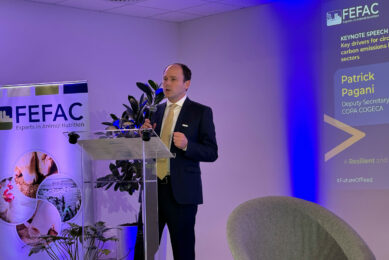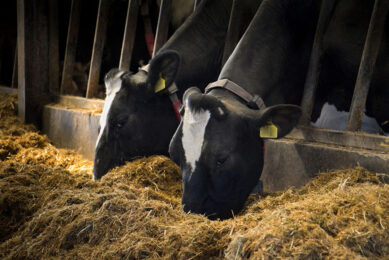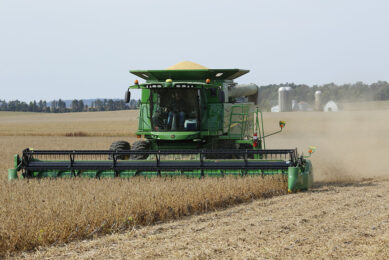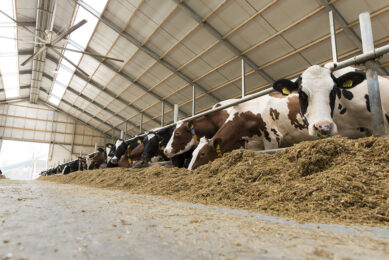What to feed the Black Soldier fly larvae?
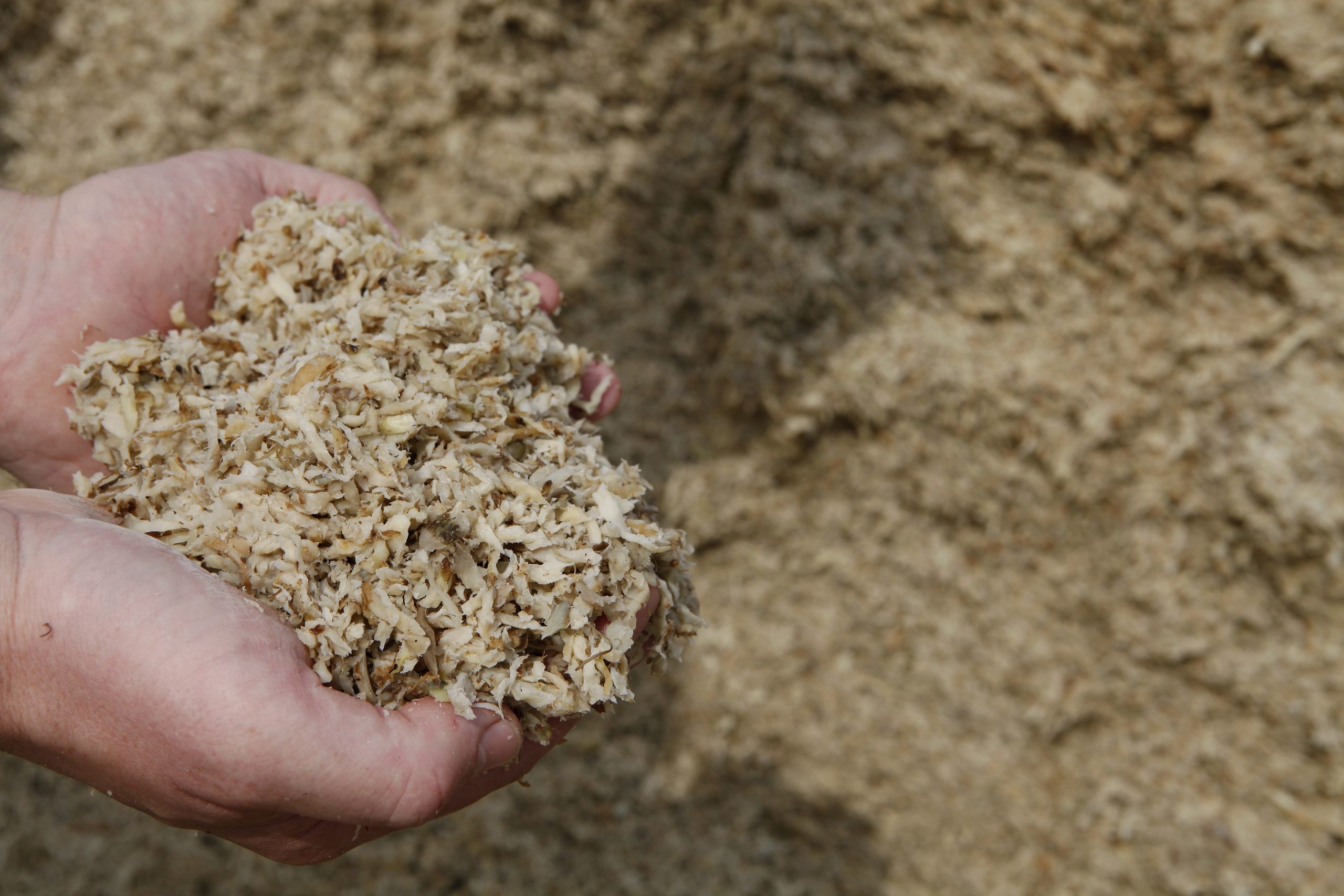
The use of insect meal in livestock diets is a hot topic around the world. But equally important is to gain knowledge on what to feed the insects, to make sure the insect meal is nutritious and leads to high growth rates of the larvae.
This is why agricultural students from a Dutch agricultural college looked at the optimum diet formulation for the Black Soldier Fly larvae (BSF). The BSF is used often for producing insect meal and grows well on waste streams from the food industry. The research has been commissioned by Dutch liquid feed by-product supplier Bonda.
Parameters tested
The availability of the by-product streams, available at Bonda, formed the basis to formulate the ‘perfect’ diet for the larvae. Several raw materials were analysed for their ability to be the perfect structure, protein and/or energy source for the larvae. The zootechnical parameter used was growth rate and bioconversion. The students used different mashed feed formulations and divided these over different cups, each with 100 larvae (starting weight of 7-10 milligram per larvae) in each cup. Weight of the larvae was measured 3 times a week by taking a random sample of 20 larvae from each cup.
In depth articles on the use of insect meal in livestock diets. Read them all in the insect article section on All About Feed.
Single, mixed and replacement
The feed products tested included energy sources (such as mashed potato, potato pulp, wheat starch), protein sources (such as by-products from the bio-ethanol industry) and structure rich ingredients such as corn gluten meal, onion pulp, beet pulp and beer by-products. Also different mixes of the protein and energy sources have been tested. The students also tested the effects of replacing on of the ethanol by-products with cornsteep. For control, a chick mash feed was used. After 11 and 18 days, the larvae were removed from the feed and analysed for fresh and dried weight, protein and fat content and bio conversion ratio.
Optimum protein, starch and structure source
The experiments showed that a protein source, a starch source and a feed source for structure, is needed to produce the largest larvae. However, protein is the main ingredient and from all the protein sources tested in these experiments, one of the ethanol by-products was shown to have to have the biggest effect on weight gain. When mixed with other protein sources, there was no significant improved effect over using the pure ethanol-by product. However, when this particular product was replaced partly (1.25 grams dry matter) by cornsteep, the weight gain of the larvae was the biggest (but not significant). Regarding the energy (starch) sources, the mashed potato and wheat starch performed best. Combining these 2 with the potato pulp is an option. A structure source is also important to feed larvae on. Based on the results, corn gluten meal, onion pulp and beet pulp showed the best weight gain improvement of the larvae.
The best diet formulation is….
This will result in an optimum diet of 66.96% ethanol by-product (protein), 8.93% mashed potato (starch) and 24.11% corn gluten meal (structure). The students address that these experiments are done at a small scale. This means the results may differ when carried out in large scale production facilities. In addition, not only the weight gain of the larvae is important for insect breeders. Also the costs of the feed is important. If price is taken into consideration, a lower weight gain might be more economically feasible for the insect breeder.
Soon, Bonda will start further studies on this subject and will include research questions from insect breeders. If you are an insect breeder and want to be part of this, please contact Paul Kengen at p.kengen@bonda.nl




